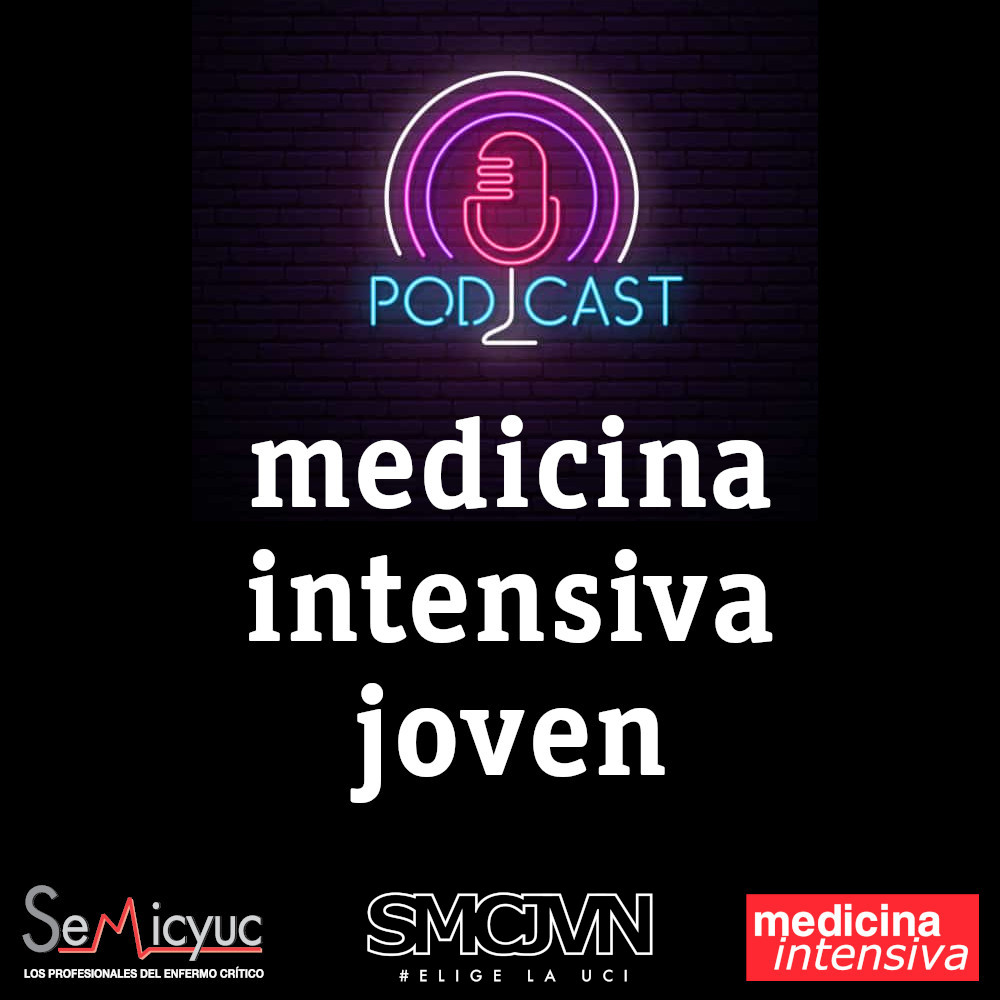Evaluar el impacto de una intervención ambiental multisensorial, diseñada para simular y sincronizar los ritmos circadianos fisiológicos, sobre la incidencia de delirium y otros desenlaces clínicos en pacientes críticos ingresados en una Unidad de Cuidados Intensivos (UCI).
DiseñoEstudio cuasiexperimental pre-post intervención, sin aleatorización, realizado entre septiembre de 2023 y junio de 2024.
ÁmbitoUCI de adultos en un hospital universitario de tercer nivel.
PacientesSe estudiaron 538 pacientes ingresados de forma consecutiva: 251 en el periodo control y 287 tras la implementación de la intervención.
IntervencionesInstalación del sistema SHX® de estimulación ambiental, que reproduce de forma programada transiciones de luz, imagen y sonido asociadas al amanecer y al anochecer, con el objetivo de favorecer la sincronización circadiana.
Variables de interés principalesIncidencia de delirium (evaluado con la herramienta Confusion Assessment Method for the Intensive Care Unit [CAM-ICU]), niveles de sedación-agitación (escala Richmond Agitation-Sedation Scale [RASS]) y consumo diario de fármacos sedantes por día de estancia.
ResultadosSe observó una reducción no significativa en la incidencia de delirium (14,3% vs. 9,1%; p = 0,075), una redistribución significativa del perfil de sedación-agitación (p < 0,001) y una disminución significativa en el consumo diario de midazolam por día de estancia (9,6mg vs. 3,8mg; p = 0,019).
ConclusionesLa implementación de un entorno multisensorial sincronizado con el ritmo circadiano se asoció con mejoras en variables relacionadas con el delirium, el nivel de sedación-agitación y el uso de benzodiacepinas. Estos hallazgos apoyan el uso de intervenciones ambientales no farmacológicas como complemento en la prevención del delirium en UCI.
To evaluate the impact of a multisensory environmental intervention designed to simulate and synchronize physiological circadian rhythms on the incidence of delirium and other clinical outcomes in critically ill patients admitted to an intensive care unit (ICU).
DesignPre-post quasi-experimental study without randomization, conducted between September 2023 and June 2024.
SettingAdult Intensive Care Unit in a tertiary university hospital.
Patients538 consecutive patients were included: 251 during the control period and 287 after implementation of the intervention.
InterventionInstallation of the SHX® environmental stimulation system, which provides programmed transitions of light, image, and sound simulating sunrise and sunset, aimed at supporting circadian synchronization.
Main outcome variablesIncidence of delirium (assessed using the CAM-ICU tool), levels of sedation-agitation (RASS scale), and daily consumption of sedative drugs per day of ICU stay.
ResultsA non-significant reduction in the incidence of delirium was observed (14.3% vs. 9.1%; p = 0.075), along with a significant redistribution in sedation-agitation levels (p < 0.001) and a significant decrease in daily midazolam consumption per day of stay (9.6mg vs. 3.8mg; p = 0.019).
ConclusionsThe implementation of a multisensory environment synchronized with the circadian rhythm was associated with improvements in delirium-related outcomes, sedation-agitation profiles, and benzodiazepine use. These findings support the use of non-pharmacological environmental interventions as complementary tools in the prevention of ICU delirium.
Article
Go to the members area of the website of the SEMICYUC (www.semicyuc.org )and click the link to the magazine.









